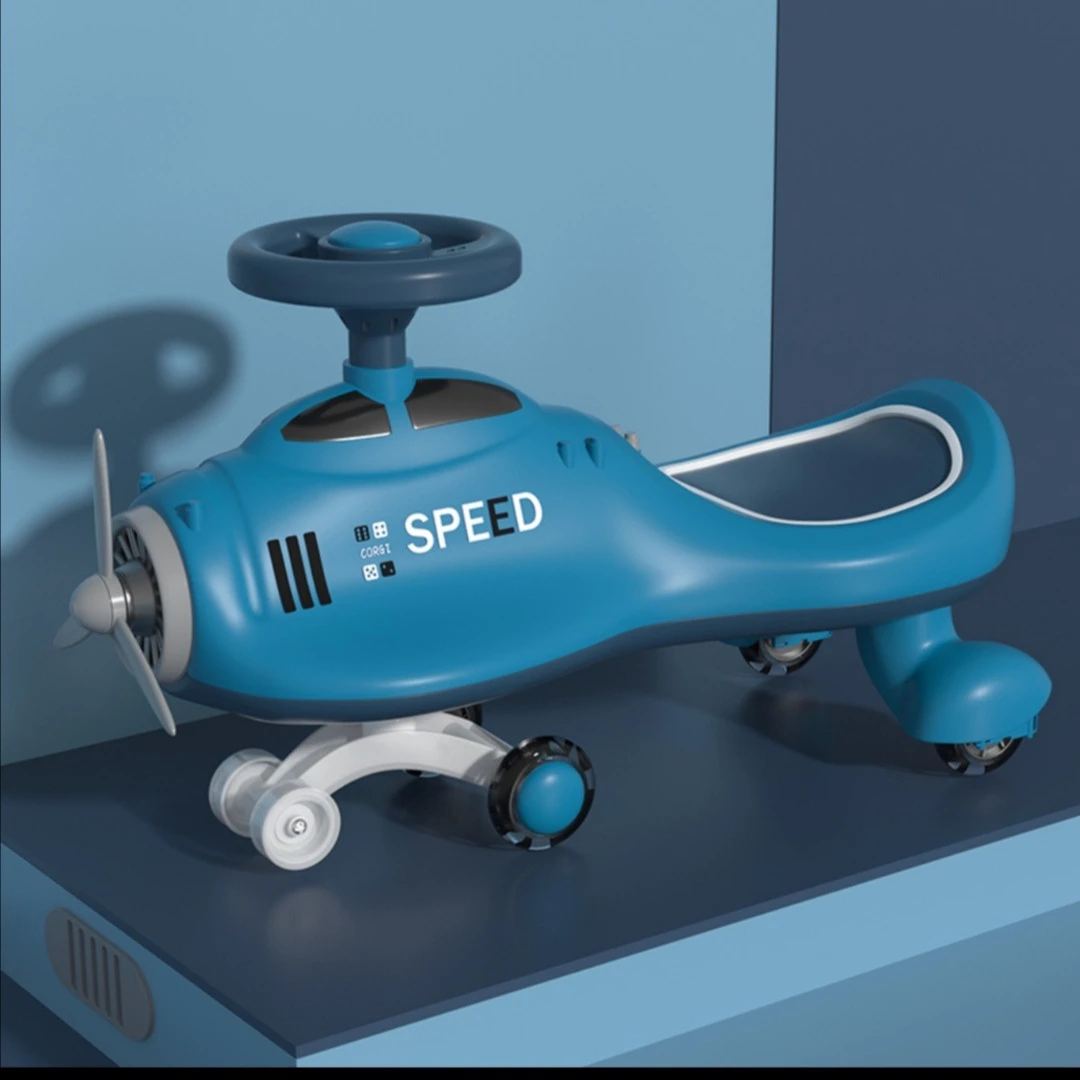Baby Balance Bike for Fun and Safe Riding Experiences for Little Ones
The Rise of Baby Balance Bikes A New Era in Early Childhood Mobility
In recent years, the popularity of baby balance bikes has surged, becoming a staple in early childhood mobility products. These innovative bikes, designed for young children, promote physical activity, coordination, and confidence. They serve as an ideal introduction to cycling, offering numerous benefits that set the stage for a child's future adventures on two wheels.
What Are Baby Balance Bikes?
Baby balance bikes, often referred to simply as balance bikes, are two-wheeled bicycles without pedals. They are specifically designed for toddlers and young children, usually ranging from 18 months to five years old. The most distinctive feature of balance bikes is their lightweight design, allowing children to easily maneuver and control their ride. By using their feet to push off the ground, kids learn to balance and steer without the complication of pedaling.
The Benefits of Balance Bikes
One of the primary advantages of balance bikes is their ability to teach balance and coordination at an early age. Unlike traditional bicycles, which can be challenging for beginners, balance bikes help children naturally develop these essential skills without the fear of falling off while pedaling. As children gain confidence in their balancing abilities, they can gradually transition to a pedal bike, often with little to no difficulty.
baby balance.bike

Furthermore, balance bikes encourage physical activity in a fun and engaging way. With the rise in childhood obesity, outdoor play has never been more important. Balance bikes promote exercise, allowing children to cultivate a love for physical activities early on. This active lifestyle can lead to lasting benefits as they grow, fostering a habit of movement and fitness.
Social interaction is another significant benefit of balance bikes. Whether riding alongside siblings, friends, or peers, children learn to share, take turns, and communicate while navigating their environment. These experiences foster teamwork and camaraderie, essential skills that benefit children in their personal development.
Choosing the Right Balance Bike
When selecting a baby balance bike, several factors should be considered. First and foremost, the bike should be lightweight and easy for the child to handle. Look for adjustable seat heights to accommodate the child's growth and ensure they can comfortably reach the ground with their feet. Additionally, choose bikes with sturdy construction and safety features such as handlebar grips and appropriate braking systems.
Conclusion
Baby balance bikes have transformed the landscape of early childhood mobility, offering children a fun, safe, and effective way to learn essential skills. Their emphasis on balance and coordination lays the groundwork for future cycling adventures, fostering a passion for outdoor activities. As parents, investing in a quality balance bike may not only provide immediate joy and exercise for their children but also contribute to their lifelong health and well-being. Embracing this trend can help set the foundation for a brighter, more active future for the youngest members of our society.
-
kids-scooter-tiny-olympic-games-scooterathlonNewsAug.22,2025
-
kids-scooter-waves-xingtai-zhongzhous-global-rippleNewsAug.22,2025
-
baby-tricycle-oem-legacy-zhongzhou-forgedNewsAug.22,2025
-
xingtais-twin-tricycle-revolution-siblings-ride-togetherNewsAug.22,2025
-
baby-tricycle-design-inspired-by-ancient-armorNewsAug.22,2025
-
nfc-chip-enabled-oem-baby-tricycle-trackingNewsAug.22,2025
-
The Perfect Baby TricycleNewsAug.11,2025








